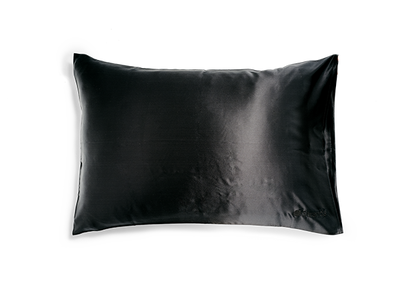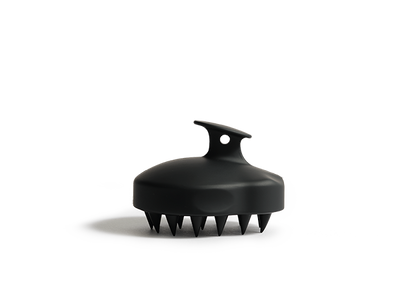From braids, to afro shape-ups, and dreadlocks, some of the most iconic African American hair do’s originate in drawings, engravings and even hieroglyph symbols traced from Ancient Egypt.
We’re honoring Black History Month by celebrating African American hair and the long history of popular hairstyles. Some of these styles became known during the Black Power Civil Rights Movement in the 1960’s, while others have become popular amongst the millennials, undergoing resurgence in the past few decades. These hair styles embody creativity as a unique expression. Let’s get started by naming a few of our favorites:
Cornrows is known as a traditional African hairstyle that dates back as early as 3,000 BCE for women, and reached popularity for men in the 19th century. Ancient North African stone paintings depict figures with braids -- and in many communities, cornrows could portray a person’s religion, family background, relationship status, and age. Not only that, these braids were a representation of agriculture, order and a particular way of living. This hair style is often seen in African countries including Sudan, West Africa, and Ethiopia. It is important to deeply moisturize the scalp before getting cornrows on your hair to prevent any dryness that may occur further down the line.
Locs, also known as dreadlocks, are a style in which the hair is sectioned into small segments and twisted. The hair is then left to grow without combing out or re-twisting the sections. This results in thick, rope-like segments of hair that can be styled in various ways including braids, twists, and updos. Locs are an important part of a type of Christianity that developed in Jamaica in the 20th century, and today, over 1 million people practice this religion, so it entails a very narrow percentage of people who wear the hairstyle. But, according to Dr. Bert Ashe, one of the earliest recordings of this hair style was in the Hindi Vedic scriptures, written over 2,500 years ago. Maintaining dreadlocks is very different than managing other natural hair do’s. They don’t need to be brushed, but they do need to be kept clean. Washing locs with the appropriate soap and shampoo is essential to keep them tight and fresh.
The Afro, is a hairstyle in which tightly curled hair is worn loose, so the hair curls out from the head in a rounded shape, like a halo. Some will use a comb to tease the hair straight up, while others let the curls fall where they want to naturally. The hair style commonly received recognition during the 1950’s, when african american jazz singers and dancers began cutting their hair and wearing it natural. To best avoid dryness and frizz, we encourage a wash day routine (washing the hair weekly) with a moisture-boosting shampoo and conditioner in order to refresh the afro curls.
Though some hair trends have faded away since the 1950s, there are some styles that are timeless for women of all ethnicities. African American women wear their hair in the Afro of the 1960s, relaxed like the 1950s, in traditional braids, or in cornrows under weaves and wigs. But one things for sure -- no matter what your particular style is, whether naturally curly or perfectly straight, Strands can help you maintain your beautiful glow and be authentically you.

 The Starter Set
The Starter Set
 Reorder
Reorder
 Silk Pillowcase
Silk Pillowcase
 Scalp Massager
Scalp Massager


